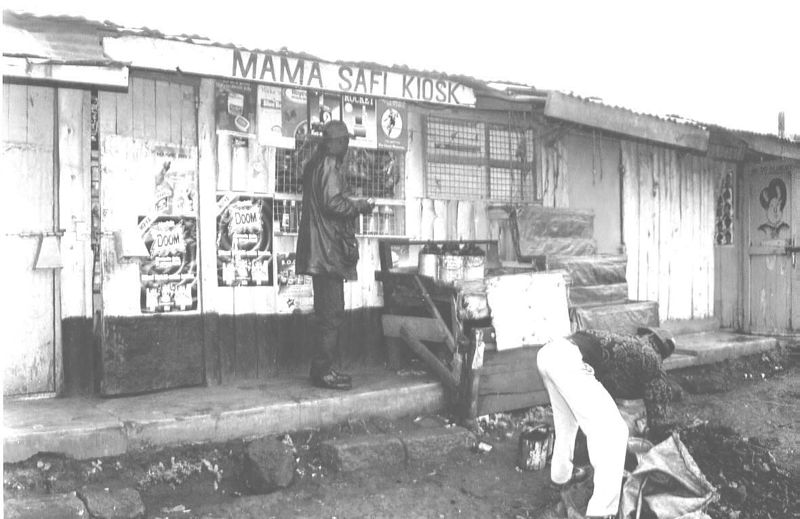Objectives
By the end of the topic, the learner should be able to:
- Identify various forms of business units.
- Explain characteristics of each form of unit.
- Discuss management and formation of each form of business unit.
- Discuss sources of capital for each form of business unit.
- Discuss the role of the stock exchange as a market for securities.
- Explain advantages and disadvantages of each form of business unit.
- Recognise the circumstances under which the various forms of business units may be dissolved.
- Discuss trends in business ownership.

